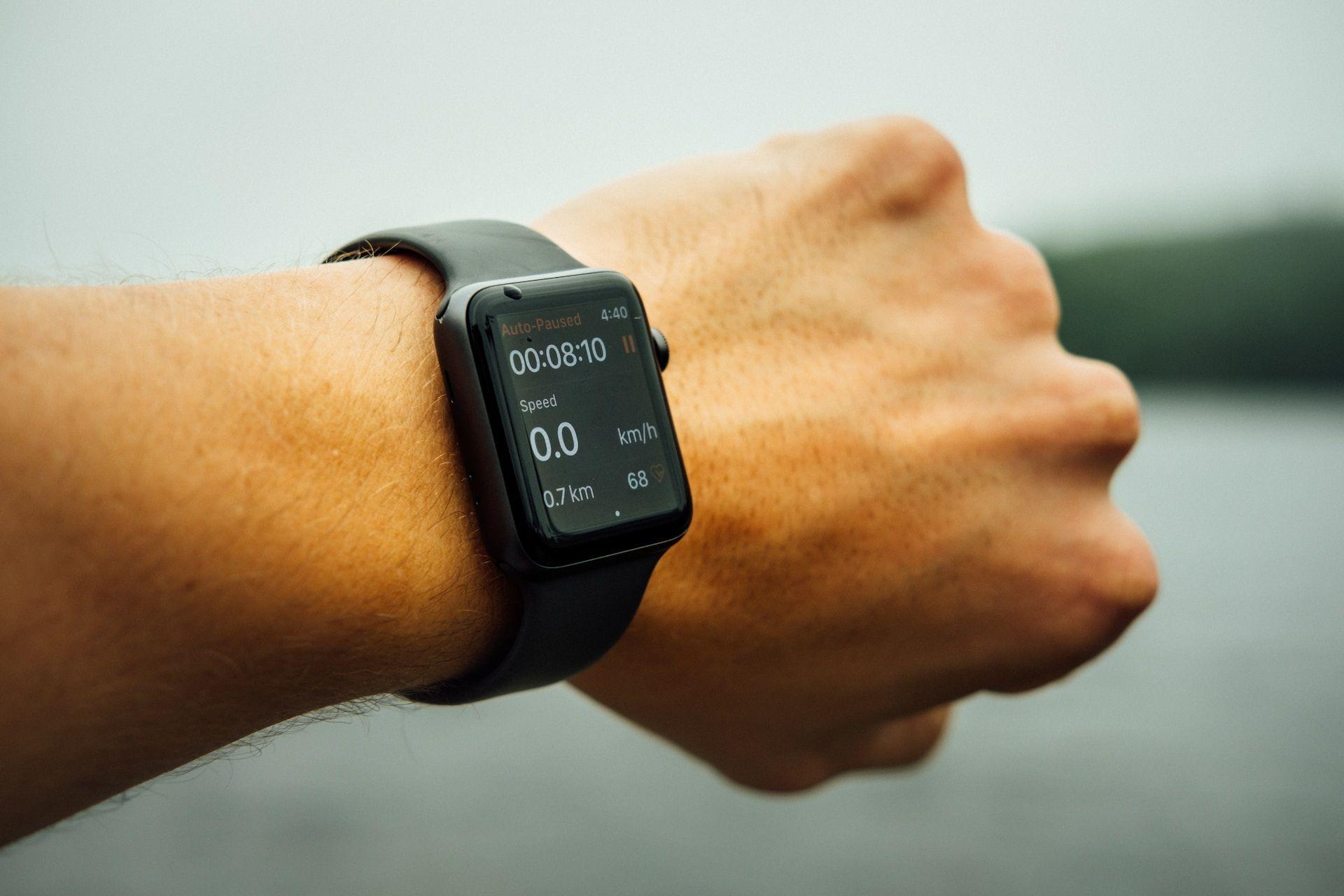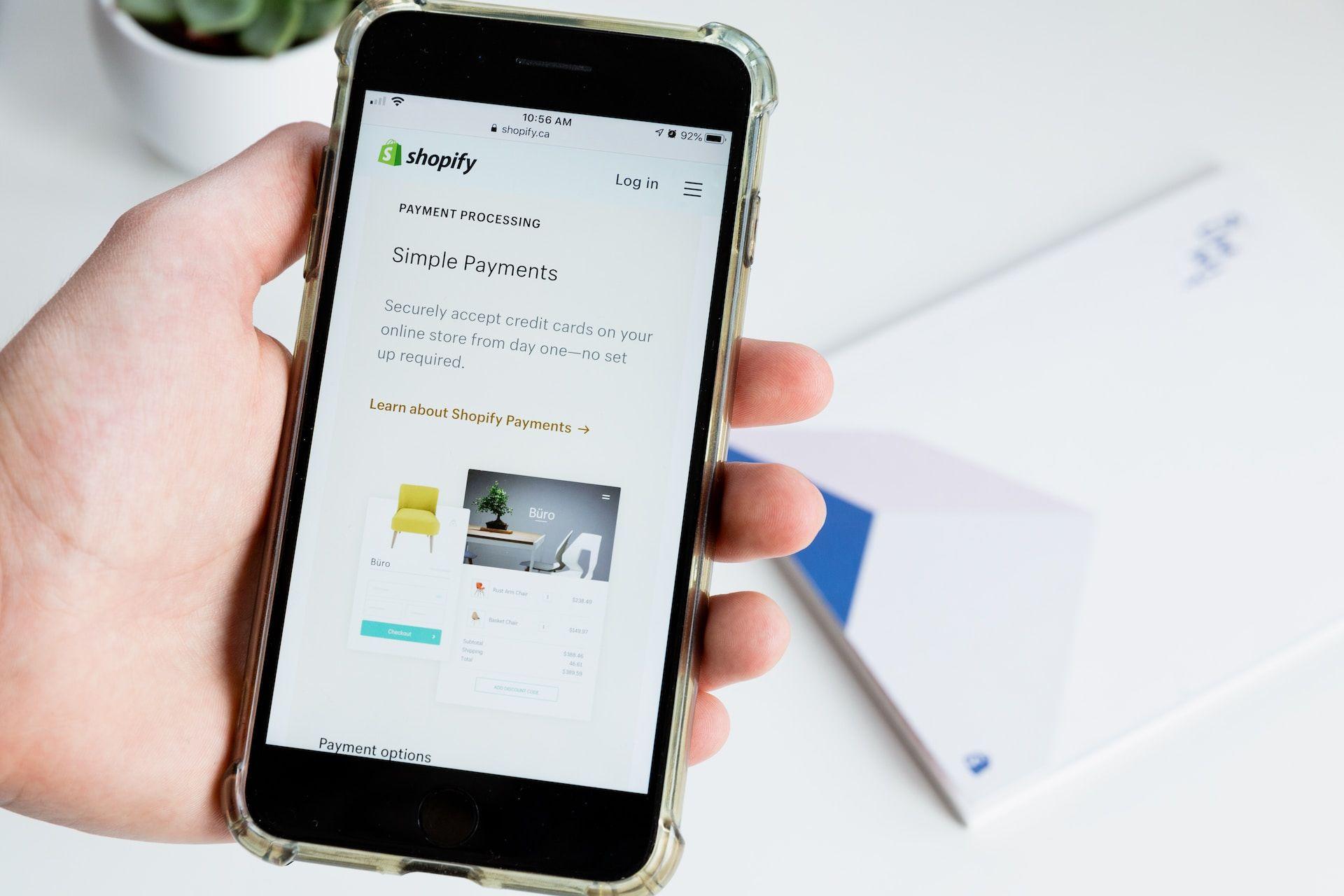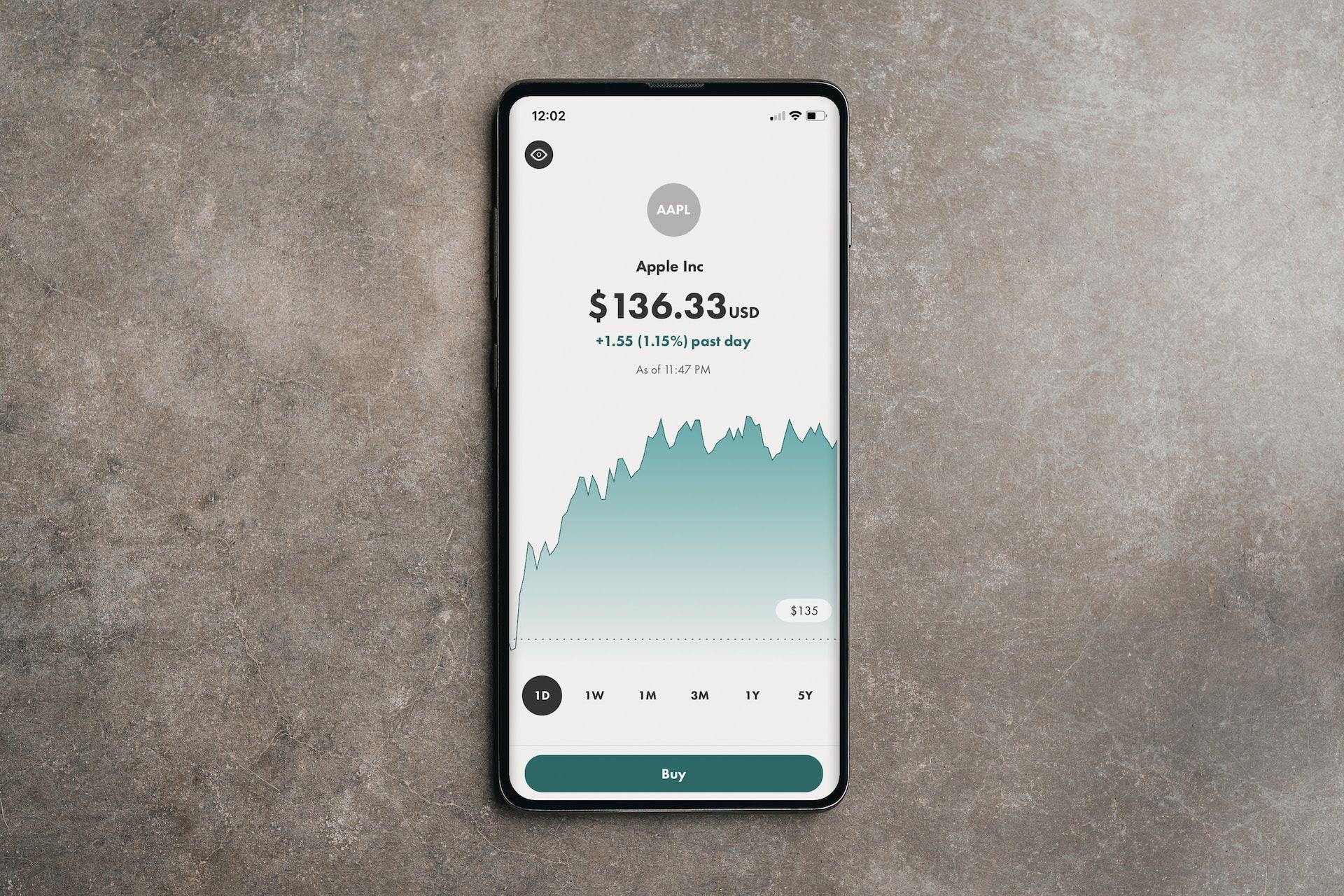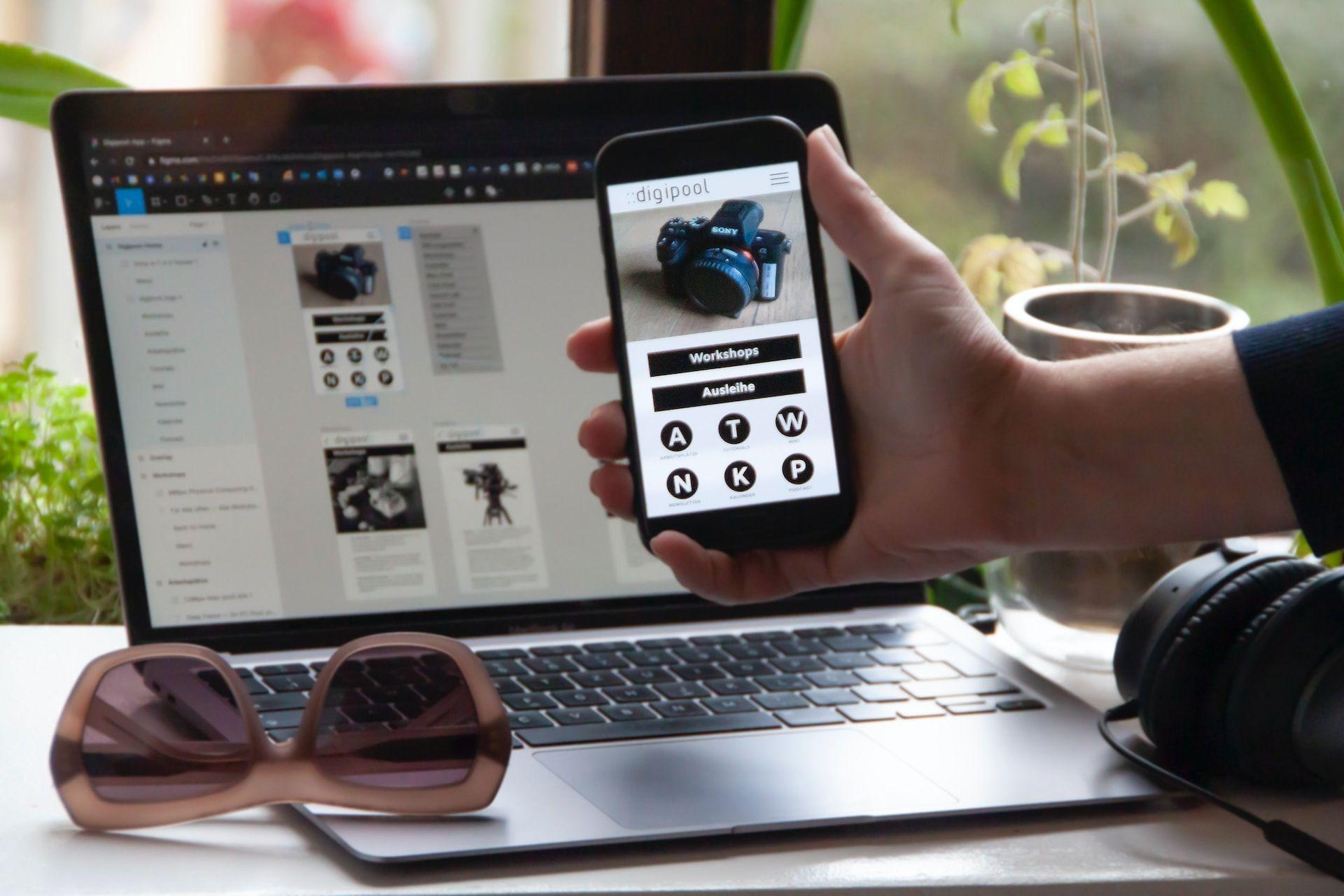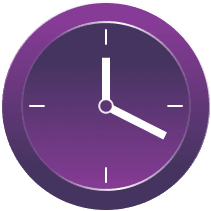With the increasing demand (pushed by Covid) for workout routines, diets, and tracking personal progress, a well-designed and user-friendly fitness app can make a huge difference in people's lives.
In this article, we will guide you through creating a fitness app in simple but essential steps. We will also provide vital insights into when you should resort to a fitness app development company for help to ensure your app stands out in the competitive marketplace.
10 Steps to Create a Fitness App
Creating a fitness app is both an exciting and challenging endeavor. Not only will you have to come up with an original idea, but you'll also need to design and develop a user-friendly interface that encourages users to stay engaged.
So, where to start?
Determine Target Audience
To begin with, the purpose of the fitness app needs to be crystal clear. There should be clarity on what problem the app is solving, what goals it intends to achieve, and what benefits it offers to users. To achieve this clarity, it's crucial to conduct market research that delves into the inadequacies of current fitness apps, the needs and wants of users, and what they seek to gain from the app.
Only having defined the purpose can you understand the app's target audience. This involves identifying a specific demographic, including age, gender, geographic location, interests, and activity levels. A market research study can prove handy in breaking down the target audience characteristics.
Research Competition
Conducting thorough research on fitness app market competitors is the only true way to gain competitive intel, identify niche opportunities, and offer value to your potential users.
- Research the top players in the industry and understand their strengths, weaknesses, and unique selling points.
- Next, assess the pricing strategies that competitors have implemented within their apps.
- Look into the variety of exercises, workout routines, nutritional tracking, and goal-setting features available within their applications.
- Research the most successful marketing campaigns the top players in the industry have implemented and understand the channels they have utilized to reach their target audiences effectively to acquire the users.
Define Fitness App's Features
Before you dive into the coding, it's essential to define the features that will make your app stand out from the competition and appeal to your target audience.
Consider incorporating features such as:
- A tracking system for workouts, including distance, time, and calories burned
- Goal-setting tools that allow users to set and track progress toward specific fitness targets
- Personalized meal plans based on dietary preferences or fitness goals
- Integration with wearable fitness devices such as smartwatches or heart rate monitors
- A community forum or social media component where users can connect with others for support and motivation.
Choose Tech Stack
Picking the right combination of front-end and back-end technologies is crucial for ensuring your app's functionality and scalability. Here are some key factors to consider when choosing the tech stack for your fitness app:
- Functionality requirements: What features do you want your fitness app to have? Depending on your app's functionality, you will need to decide on programming languages, frameworks, and libraries.
- Scalability: A scalable technology stack is crucial for ensuring your app can handle a large number of users and is future-proof.
- User experience: The tech stack you choose should help you create a seamless and smooth user experience. This can be achieved by using front-end technologies such as React or Angular.
- Security and data privacy: Use technologies that ensure data privacy and security. SSL/TLS, two-factor authentication, and data encryption can help protect user data.
- Development time and cost: The tech stack you choose should not only be capable of delivering the required features but should also help you reduce development time and costs. This can be achieved using open-source technologies, libraries, and frameworks offering robust features and functionalities.
Transform your vision into reality with Clover Dynamics.
Get in touchFocus on Intuitive UX
A well-designed interface removes any obstacles between the user and their fitness goals, making it easier for them to track progress, set goals, and stay motivated. Here are some steps to follow when designing a user-friendly interface for a fitness app:
- Keep it simple: Simplicity is the key to a great user experience. Keep the navigation and design simple, with clearly labeled and easy-to-find icons and buttons.
- Use familiar elements: When designing an interface, use elements that users are already familiar with. This means utilizing common symbols for settings, notifications, and search options.
- Use color wisely: Color is an essential component of any interface design. Choose colors that appeal to your target audience, but also ensure that the color scheme is not overwhelming and distracting.
- Make it personal: People respond better to interfaces that feel personalized. Utilize user data to create a customized experience tailored to each individual's fitness goals and progress.
Assemble a Team
To build a solution that stands out from the crowd, you need to assemble a team of talented and passionate fitness app developers. When hiring a team, look for people who are not only experts in their fields but also passionate about fitness. The most successful apps are built by teams that understand the needs and desires of fitness enthusiasts.
If you're looking to create a more complex platform or one that involves hardware development, you may want to consider hiring a fitness mobile app development company that specializes in building fitness apps. These companies have the expertise and resources to build a top-quality app that meets your needs.
Create a Prototype
By creating an MVP, you can test out your app's features, identify any potential issues or bugs, and make necessary changes before fully launching it to the public. Not only does a prototype allow you to fine-tune functionality and UX, but it also allows you to gather valuable feedback from beta testers. This feedback can be used to optimize your app further and ensure that it meets the needs and preferences of your target audience.
Develop the App
With a solid prototype in place, it's time to start developing the code. Consider hiring a fitness app developer or working with a pro team to ensure your app is built with innovative and efficient technology.
Test the App
Testing your solution before launch ensures that the app runs smoothly and that users will not encounter any bugs or glitches. The process can help identify any areas that need improvement. For example, if the app is not loading quickly or if users are having difficulties understanding how to use certain features, these issues can be addressed and fixed before the app becomes available to the public.
Another critical aspect of app testing is the verification of its compatibility with different devices, such as smartphones and tablets.
Launch and Collect User Feedback
To launch your fitness app, start by creating a marketing strategy that will help you reach your target audience. This may include establishing social media presence, creating a landing page, and crafting pre-launch campaigns. Consider using surveys, focus groups, and user reviews to collect user feedback. You can also integrate in-app feedback, which allows users to share their thoughts directly.
Final Word
Ready to get started on your health and fitness app development journey? Contact Clover Dynamics today! We deliver top-notch fitness app development services, ensuring your individual requirements are taken into account.
